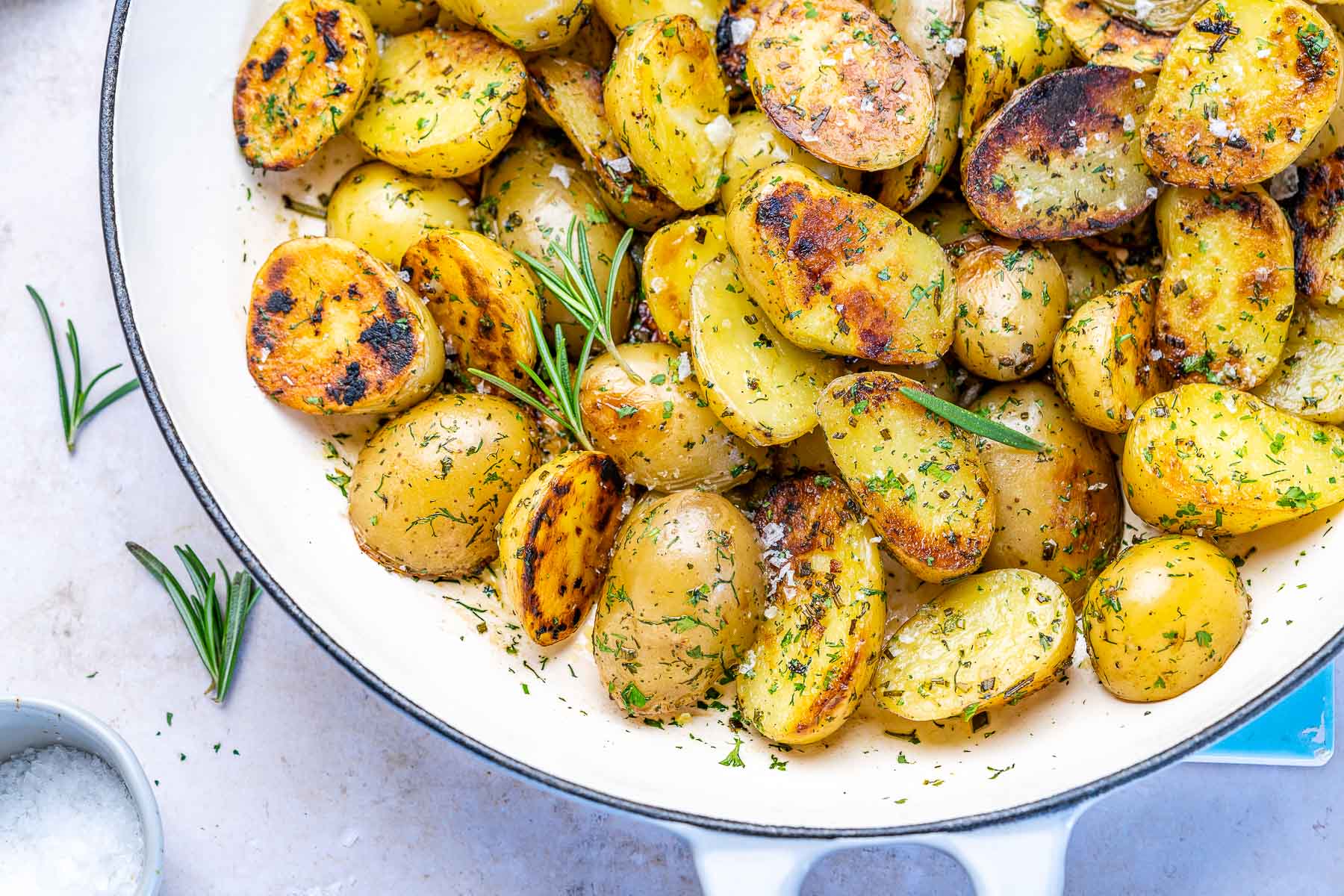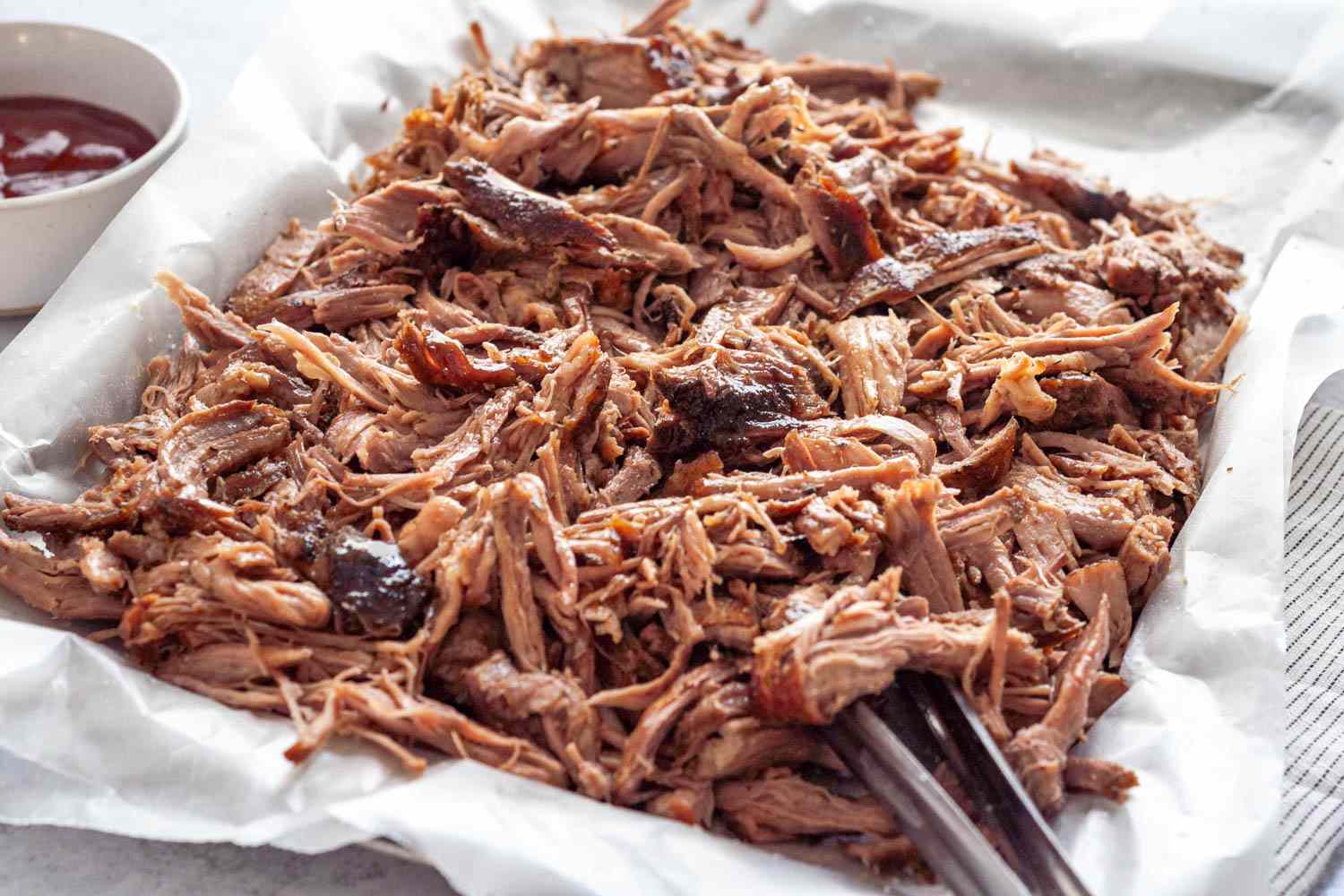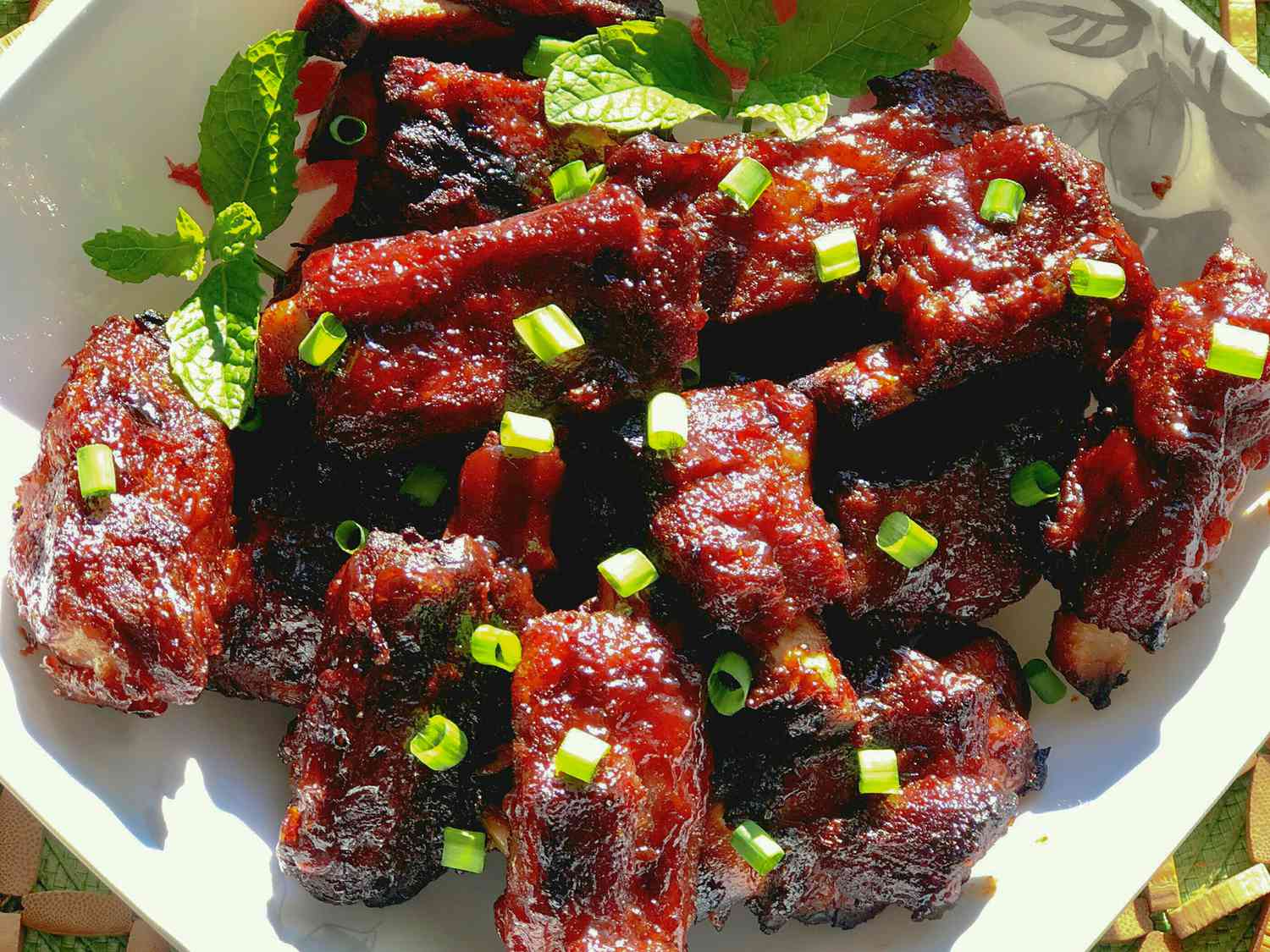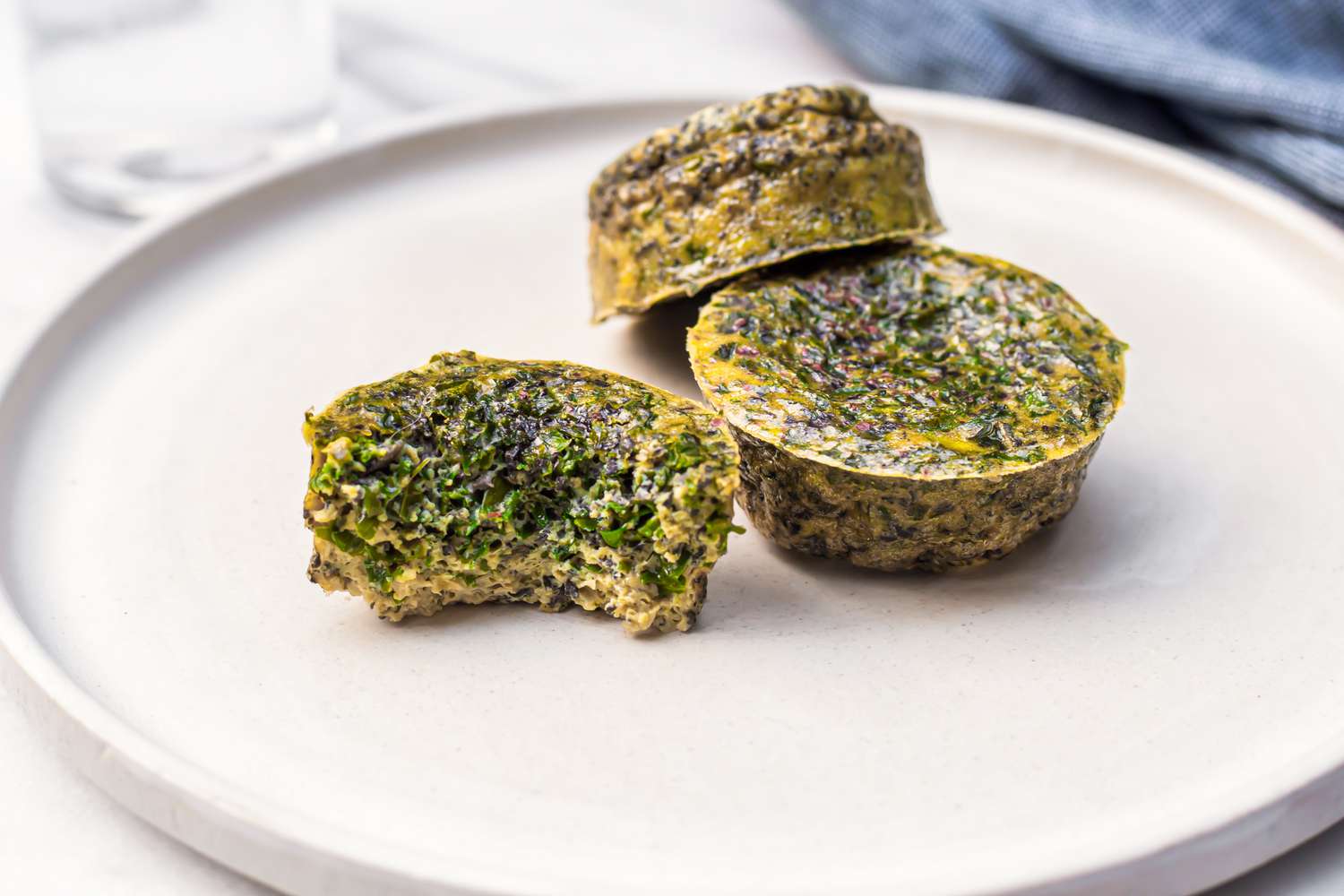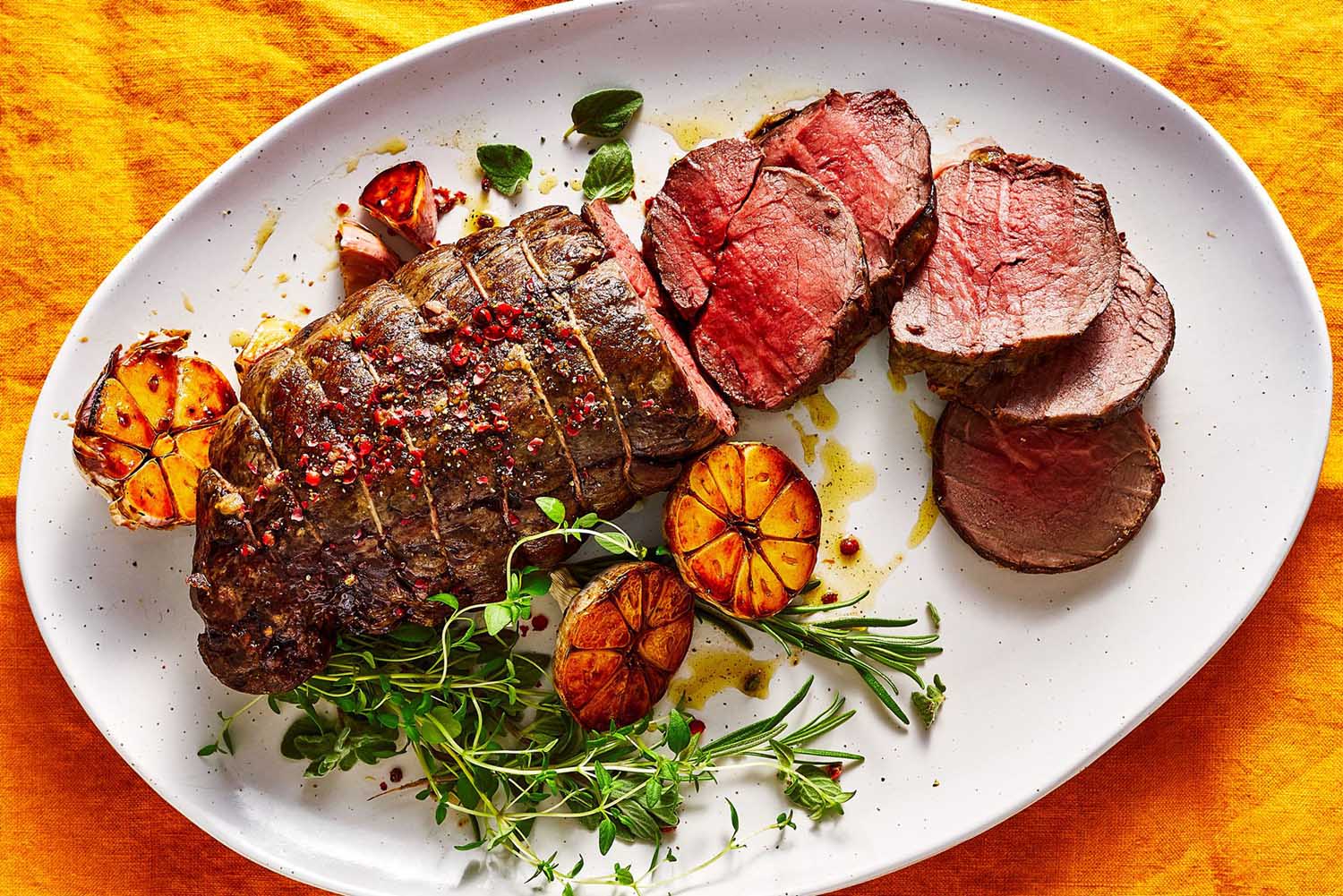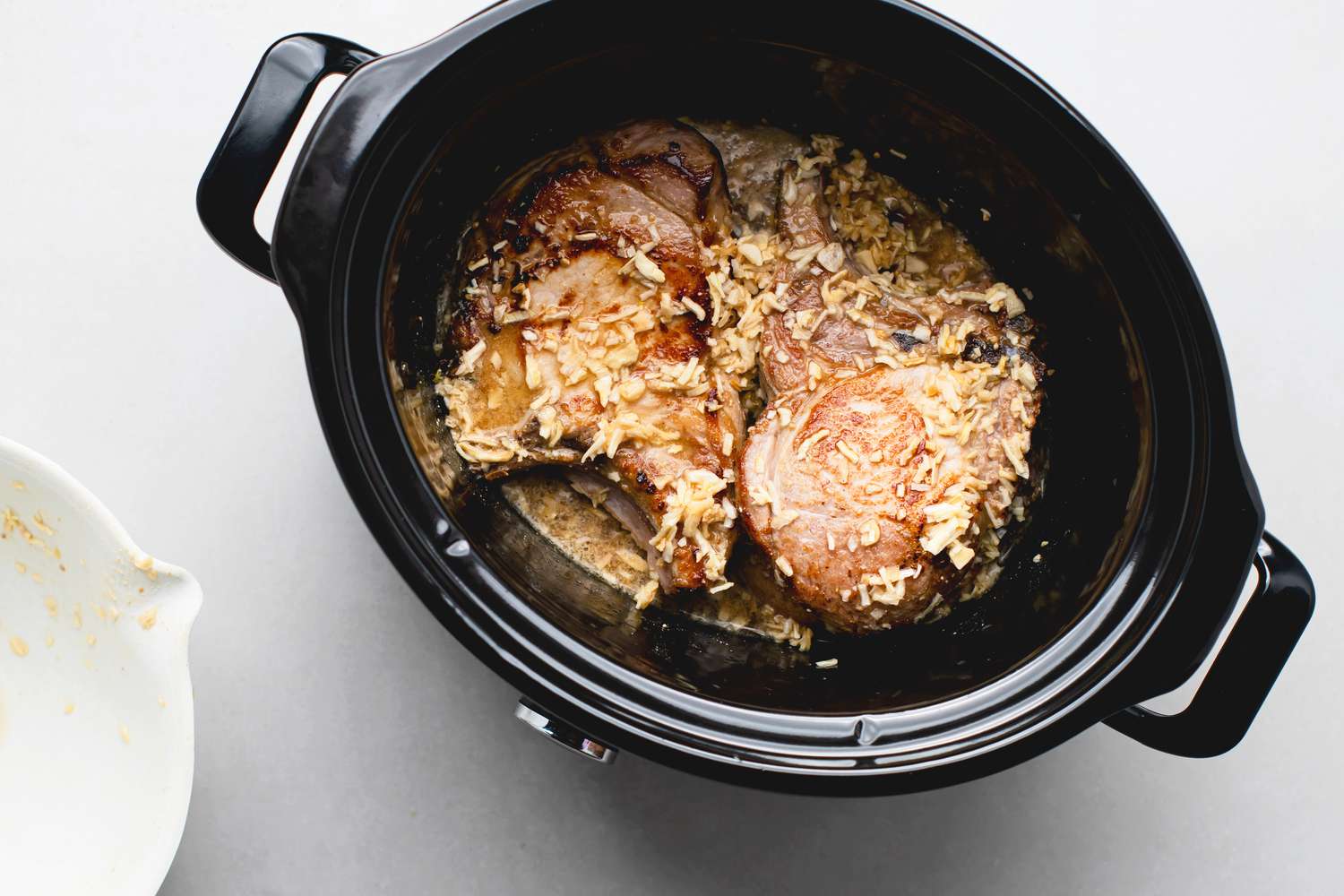Unlock the Golden Goodness: A Guide to Cooking with Turmeric Root
If you are a food lover who is always on the lookout for unique flavors and healthy additions to your dishes, then turmeric root is a must-try ingredient. Known for its vibrant yellow color and distinct earthy taste, turmeric root has been used for centuries in various cuisines around the world. Not only does it add a delightful twist to your recipes, but it also offers a range of health benefits thanks to its powerful antioxidant and anti-inflammatory properties.
1. Fresh Turmeric Root: The Golden Gem
Before we dive into the cooking techniques, let’s get to know the star of the show – fresh turmeric root. This rhizome, similar in appearance to ginger root, is usually smaller and has a bright orange-yellow hue. It is important to handle it with care as it can stain your hands and clothes.
- Look for fresh turmeric root in specialty grocery stores, farmers’ markets, or your local Asian food store.
- Choose roots that are firm, plump, and free from wrinkles or mold.
- Opt for organic turmeric root whenever possible to ensure its quality and purity.
2. Preparing Turmeric Root for Cooking
Preparing turmeric root for cooking requires a few simple steps:
- Wash: Give the turmeric root a gentle rinse under cold water to remove any dirt or debris.
- Peel: Use a vegetable peeler or a spoon to remove the skin from the turmeric root. Be cautious as its vibrant color might stain your utensils and countertops.
- Grate or Slice: Depending on the recipe, you can grate the turmeric root using a small grater or slice it thinly for added texture.
3. Cooking Techniques to Enhance the Flavor
Turmeric root can be used in a variety of dishes, ranging from soups and stews to curries and stir-fries. Here are a few cooking techniques that will help you unlock the full potential of turmeric root:
- Sautéing: Heat some oil or ghee in a pan, add grated or sliced turmeric root, and cook it over medium heat for a couple of minutes until fragrant. This technique releases the earthy aroma and enhances the flavor.
- Boiling: Add grated or sliced turmeric root to boiling water or broth to infuse it with its golden color and subtle flavor. This is particularly great for making turmeric-infused rice or quinoa.
- Marinating: Combine grated turmeric root with other herbs, spices, and marinade ingredients to create a flavorsome marinade for meat, fish, or tofu.
- Pickling: Slice turmeric root and combine it with vinegar, salt, and spices to create vibrant turmeric pickles that can add a tangy kick to your sandwiches, salads, or cheeseboards.
4. Pairing Turmeric Root with Other Ingredients
To elevate the taste and create a balanced flavor profile, turmeric root can be paired with various ingredients:
- Ginger: Turmeric and ginger make a powerful duo with their complementary flavors and health benefits.
- Garlic: Adding garlic to dishes with turmeric root adds a savory element that enhances the overall taste.
- Citrus fruits: The acidity and brightness of citrus fruits like lemon or lime can beautifully complement the earthy notes of turmeric root.
- Coconut milk: The creamy richness of coconut milk balances the spiciness of turmeric, creating a harmonious combination in curries or soups.
5. Turmeric Root: Beyond the Spice Rack
While turmeric root is widely known as a spice, it can also be used in other creative ways:
- Golden Milk: Mix turmeric root powder with warm milk, honey, and spices like cinnamon and ginger for a soothing and nutritious beverage.
- Turmeric Tea: Steep grated turmeric root in hot water, add a squeeze of lemon and honey, and enjoy a comforting cup of herbal tea.
- Smoothies: For a vibrant and nutritious boost, add a small chunk of turmeric root to your favorite smoothie combination.
- Face Mask: Combine turmeric root powder with natural ingredients like honey or yogurt for a DIY face mask that can help promote healthy skin.
With its brilliant color, unique flavor, and numerous health benefits, turmeric root is a valuable addition to any cook’s kitchen. So, why not embark on a culinary adventure and explore the wonders of this golden gem?
Was this page helpful?
Read Next: How To Cook St Louis Ribs On Grill



